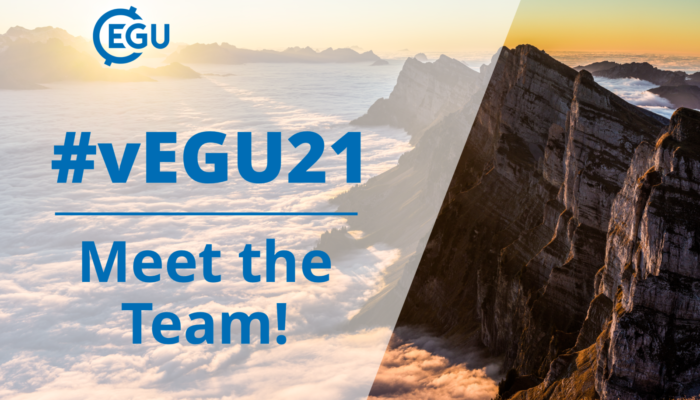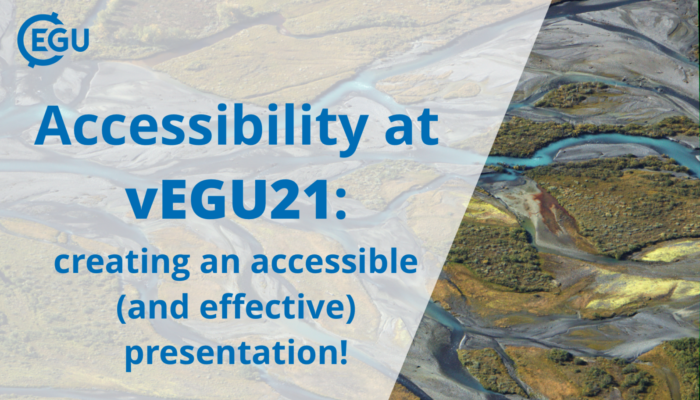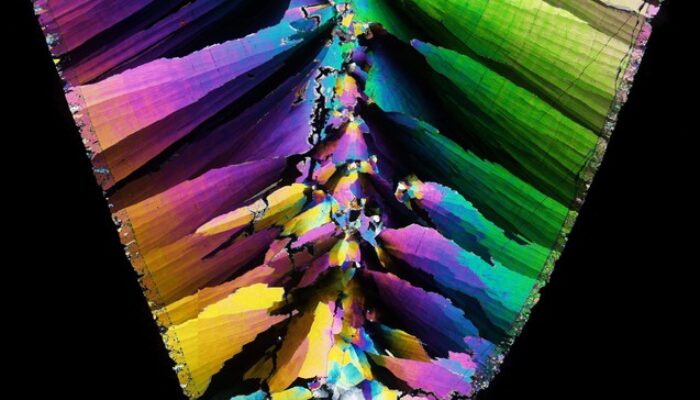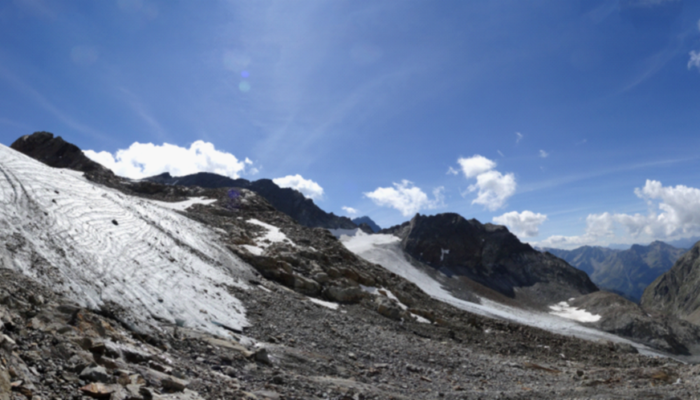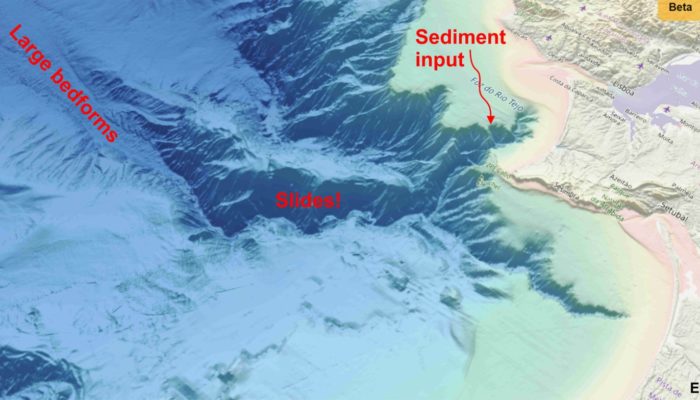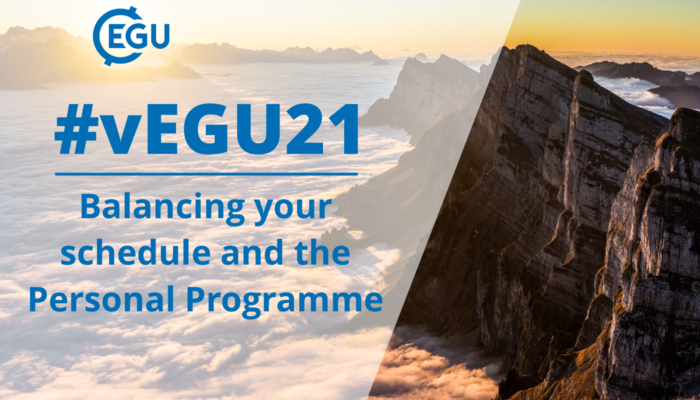We are so excited for your images to show us other ways of seeing our wonderful planet in the EGU 2021 Photo Competition, just like Julia Miloczki did with this stunning image ‘Glimpse of a foreign planet‘ one of last year’s winners. Remember your image can be of anything, even a gif or a video, and can have been captured at any time – not just in the last year. You only ha ...[Read More]
GeoLog
vEGU21 GeoTalk: Meet the Communications Team!
This year for vEGU21 we are very excited to be welcoming three great people into our EGU Communications Team for the next month to help with social media, blogging and the press conferences. These interns and volunteer are going to be assisting EGU Communications Officer Hazel Gibson and Head of Media, Communications and Outreach Terri Cook, in the run up to, and during the General Assembly, so if ...[Read More]
Geochemistry, Mineralogy, Petrology & Volcanology
The *real* mineral cup: wavellite vs. kernowite / devon versus cornwall
Kernowite: In November 2020, approximately two major world events occurred. Firstly, Joseph R. Biden Jr. and his dog Major were elected as the 46th president and president’s dog of the United States of America. Secondly, the International Mineralogical Association approved a new mineral, kernowite, Cu2Fe3+(AsO4)(OH)4⋅4H2O, which was described by M. Rumsey from the Natural History Museum in L ...[Read More]
Tectonics and Structural Geology
Mind your Head: An introduction to Workplace Bullying in Academia
Understanding workplace aggression is a complex matter, and many questions arise when trying to tackle the issue. For instance, which acts and behaviours classify as workplace aggression, and when does something become workplace bullying or mobbing? How can you recognize if you or a co-worker/friend are the target of workplace aggression? How can you protect yourself and/or support others? What ca ...[Read More]
GeoLog
Accessibility at vEGU21: creating an accessible (and effective) presentation!
Even before the global pandemic reshaped how we share our scientific research, presenting our results online has become more and more a normal activity for researchers around the world. Digital conferencing, remote presentations and pre-recorded talks shared over the internet have a lot of positives and negatives, not least of which is the ability to share your work with a wider audience than migh ...[Read More]
GeoLog
Imaggeo On Monday: the EGU Photo Competition – beautiful thin-sections.
In 2010 EGU held our first annual Photo Competition at the General Assembly in Vienna. Since then hundreds of photos have been shared on imaggeo by geoscientists and researchers just like you, with a lucky few being selected each year to be highlighted during the meeting and voted on by our members. These images can be of anything to do with geology or geoscience – we get many beautif ...[Read More]
GeoLog
GeoPolicy: Social media is influencing our political behaviour, democracies, and scientific communities
A recently published report from the European Commission’s Joint Research Centre has found that our democracy is under pressure from the influence that social media has on our political opinions and our behaviours. What can be done to mitigate this and what could it mean for our democracy, society and scientific community? The pros and cons of living in an increasingly online world The COVID-19 pa ...[Read More]
Cryospheric Sciences
Climate Change and Cryosphere – What can we learn from the smallest, most vulnerable glaciers in the Ötztal Alps?
The Alps were the first mountains to be studied from a glaciological point of view in the 19th century and they host some of the most studied glaciers of Earth. Some of them are found in the Central Alps and in particular, the Ötztal Alps. Just to cite the most known and largest glaciers in this Alpine sector, we can mention Hintereisferner or Vernagtferner. But in the Ötztal Alps you can also fin ...[Read More]
Stratigraphy, Sedimentology and Palaeontology
Sediment in the deep ocean, Part 1: flows that shape the seafloor.
Most of us know about the existence of waves and tides. We can see them along our coasts and, even if we do not pay much attention, we also know that waves and tides move sediment that rests on the seafloor: sand, mud, shells and…plastics. We all can see ripples and small channels on beaches or estuaries created by the movement of water from waves and tides. If we scuba dive down to a few tens of ...[Read More]
GeoLog
How to vEGU: balancing the schedule and your personal programme with caring responsibilities
Now that you have had a quick look at our programme for vEGU21, maybe found your abstract or session, you probably have a few questions! Over the next few weeks we will be trying to answer as many of these questions as we can, but if you have a question that you can’t see answered anywhere else, please send it to us, either using our social media, or by contacting the conference organisers directl ...[Read More]


